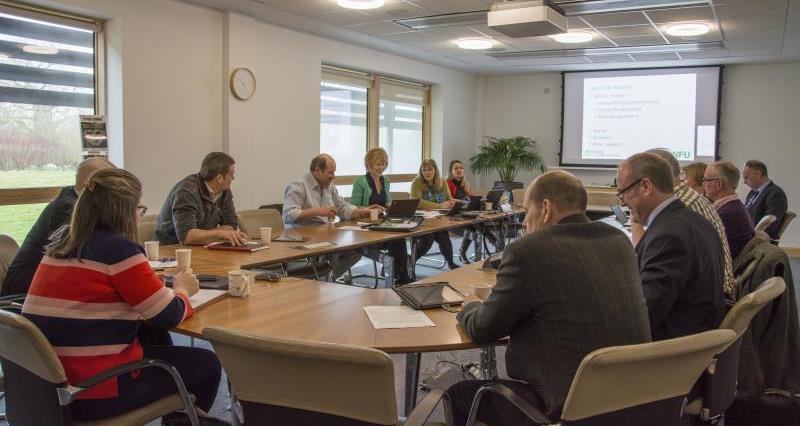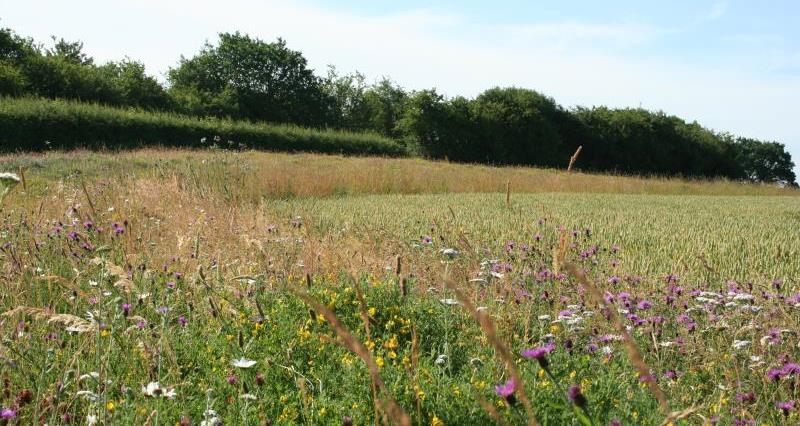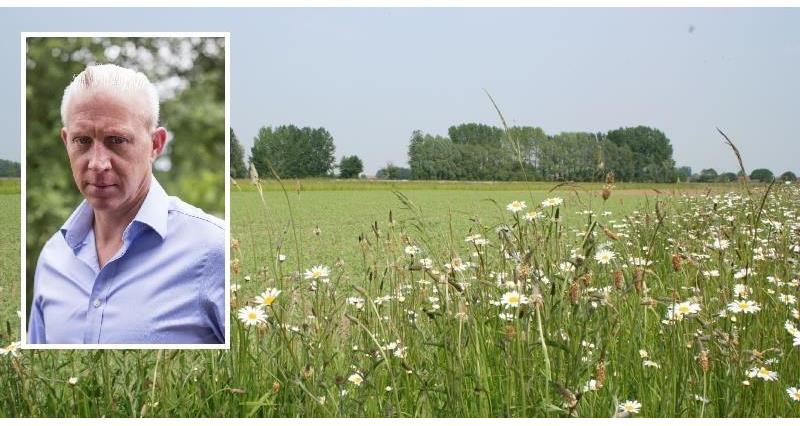The current agri-environment scheme has been plagued with a plethora of issues, creating barriers to uptake. Farmers have simply lost confidence in the complexity of the current scheme administration and are disappointed with a lack of offer or, even worse a non-payment despite their best efforts to deliver.
Looking ahead, we need to learn from those issues and prevent counterproductive boundaries leading to the decline of biodiversity in farming. It’s vital that we get an easily accessible scheme, with more regular start dates and more frequent payment dates to ease the pressure on the RPA, improve delivery and encourage others to embark on productive agri-environment schemes.
Essentially, there needs to be a tiered structure to recognise those that are productive and maximise uptake for those who want to do more, or are hindered by the landscape and wish to utilise unproductive land for environmental benefit and public good.
I am a member of the NFU’s task and finish group on future ELMs, which has had some extremely forward thinking, positive discussions. The group, chaired by deputy president Guy Smith, has brought together NFU board members representing all sectors across the farming spectrum. The NFU should be proud of their work on ELMS and the group who will continue to work on a joined up approach to show environmental delivery and food production can go hand in hand successfully.

The group has discussed the recipe for future schemes at length. All agree that these need to be accessible to all landowners and farm types across the country. It is vital that the applicant is at the heart of any future scheme, choosing what they want to deliver on, whether that be improvements to soil, air or water quality, enhancing our natural capital, as well as biodiversity.
Any new scheme needs to take into account innovations in agriculture and tailor those for environmental delivery. Many farmers have already adopted techniques such as variable fertiliser rates, use of selective herbicides and technology used to reduce cultivations and soil compaction.
Some of the most welcomed points of agreement in the group is that participation in the scheme must have a fair return, be open to all and be simple to apply for, making the whole process less reliant on third parties.
My advice to anyone thinking about entering into any agri-environment scheme – now or in the future - would be to ensure that the scheme fits your farming business; read the prescriptions and take ownership.
My advice to government is that we need more direction on future schemes, as in reality we are on a cliff edge. When done well, HLS really delivered for biodiversity and nature conservation. Flexible options in Countryside Stewardship mid-tier, such as AB9 for wild bird cover, could be used in a variety of locations, even on plots as small as 0.4ha, perfect for utilising small unproductive plots alongside arable fields. We must not lose options that farmers have confidence in if we attempt to ‘re-invent the wheel’. We need a successful scheme to increase biodiversity and environmental benefit within a productive farming landscape.

Should you wish to contribute ideas to on Environmental Land Management schemes, you can send your points of view via email to nfuenvironment@nfu.org.uk
You can view details of all the Environment Forum members and their meetings here.
